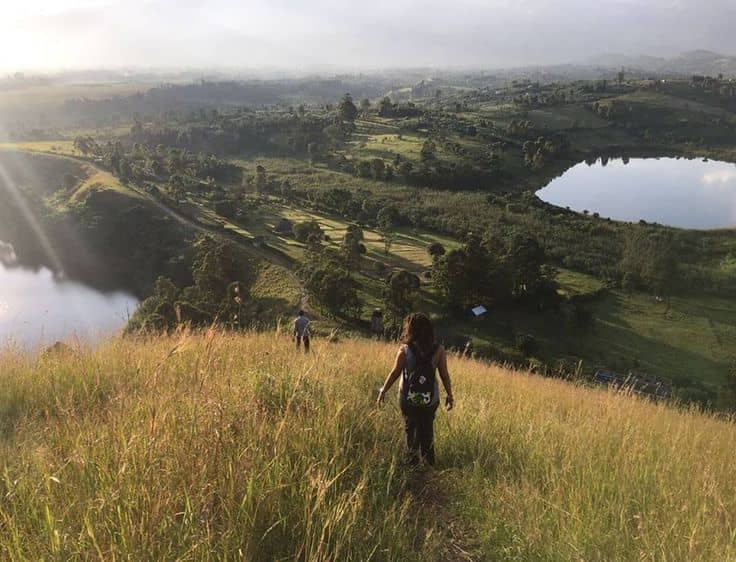How Ugandan Proverbs and Birds Reveal the Soul of the Pearl

Welcome to Uganda. This land pulses with the wild heart of Africa. You’ll hear it in the rhythm of drumming and the chorus of over 1,000 bird species. A safari here promises unforgettable encounters with gorillas and lions. However, a deeper, more poetic layer awaits those who listen closely. To truly understand Ugandan culture, you must learn the language of feathers and folklore. This journey explores the profound connection between Ugandan Proverbs and Birds. Here, avian behavior offers timeless life lessons, passed down through generations.
For Uganda’s diverse ethnic groups, birds are more than beautiful creatures. They are living metaphors. People have woven their migrations, calls, and habits into daily life. This creates a rich oral tradition. The link between Ugandan Proverbs and Birds provides a unique window into local values, humor, and wisdom. Let’s explore how these proverbs give voice to winged teachers.
The Social Weaver Bird: A Lesson in Community
The Bird: In the dry savannas of national parks like Kidepo Valley and Murchison Falls, you’ll find sprawling, apartment-like nests hanging from acacia trees. These are the masterpieces of the Social Weaver bird, housing hundreds of individuals in a single, complex structure.
The Proverb: “Obweezi buyaayaaya, tibubya buli omu.”
Translation: “A good year (of harvest) comes from many, not from one individual.”
The Meaning: This proverb, deeply connected to the Social Weaver, teaches the critical importance of community and teamwork. Just as a single bird cannot build the massive, intricate nest alone, a single person cannot achieve great prosperity or overcome significant challenges without the help of their community. It speaks to the Ugandan spirit of togetherness, known as “Obuntu.” On your safari, notice these bustling avian cities and remember the power of collective effort, a value central to Ugandan life.
The Hornbill: A Lesson in Reliability and Partnership
The Bird: With its large, curved bill and striking casque, the Hornbill is a charismatic sight in Uganda’s forests. Notably, during the nesting period, the female seals herself inside a tree cavity with mud, leaving only a small slit. She relies entirely on the male to bring her and her chicks food.
The Proverb: “Akakwano k’enkima ke kaagwa ku muggwa.”
Translation: “The friendship of the hornbill is tested during the dry season.”
The Meaning: This proverb uses the hornbill’s behavior to illustrate the nature of true friendship and reliability. A fair-weather friend is easy to find, but a true friend, like the male hornbill, proves their loyalty during times of hardship and scarcity, the “dry season” of life. It’s a lesson in trust, dependability, and the unwavering commitment expected in strong partnerships.
The Chicken and the Eagle: A Lesson in Ambition and Identity
The Bird: This proverb contrasts two familiar birds: the grounded chicken and the soaring eagle.
The Proverb: “Enkoko teyandika okulima, nga eyo eyeetegereza ekiwawa ky’ekikongo.”
Translation: “A chicken should not start laughing at the claw of an eagle.” (Or simply: “A chicken does not aspire to be an eagle.”)
The Meaning: This is a key example of Ugandan Proverbs and Birds. First, it cautions against arrogance. One should not mock those who are more powerful. Second, it encourages self-awareness. It reminds us to strive for realistic goals based on our own strengths. This is a humble yet powerful piece of advice.
The Ostrich: A Lesson in Facing Problems
The Bird: The world’s largest bird, the ostrich, is known for the myth that it buries its head in the sand to avoid danger.
The Proverb: “Ekyama kya ngutsi kiragaana.”
Translation: “The secret of the ostrich is revealed by its behind.” (Meaning: You can’t hide the truth forever.)
The Meaning: While the ostrich doesn’t actually bury its head, the myth persists and serves a perfect purpose in this proverb. It teaches that avoiding a problem does not make it disappear. Eventually, the truth—or the consequences, will become as obvious as the ostrich’s body while its head is hidden. It’s a witty and humorous way to encourage facing challenges head-on and dealing with issues directly, a valued trait in Ugandan society.
How to Hear the Proverbs on Your Safari
Your trip to Uganda can be enriched by tuning into this cultural frequency. Here’s how:
-
Engage Your Local Guide: Your guide is your greatest resource. Don’t just ask for the name of a bird. Ask, “Is there a story or a proverb about this bird in your culture?” You’ll be amazed at the wisdom that follows.
-
Visit a Cultural Village: Places like the Buganda Royal Village or a Batwa community experience often include storytelling sessions where elders share proverbs and explain their meanings.
-
Listen and Observe: As you watch a weaver bird build its nest or see an eagle soar, reflect on the lessons they inspire. Your experience becomes more than photographic; it becomes philosophical.
A Journey of Deeper Understanding
The connection between Ugandan Proverbs and Birds is a beautiful testament to how closely the people of Uganda have lived with and learned from their natural environment. These sayings are more than old words; they are a living ethical guide, using the simple and observable truths of the animal kingdom to explain complex human realities.
So, as you journey through the stunning landscapes of Uganda, let the birds be more than a sighting. Let them be your teachers. Listen for the wisdom on the wing, and you will take home not just incredible memories, but timeless lessons that resonate long after your adventure ends. The profound wisdom found in Ugandan Proverbs and Birds awaits your discovery.
Ready to listen to the wisdom of the wild? Contact us to plan a cultural and wildlife safari that will open your ears to the soul of Uganda!










